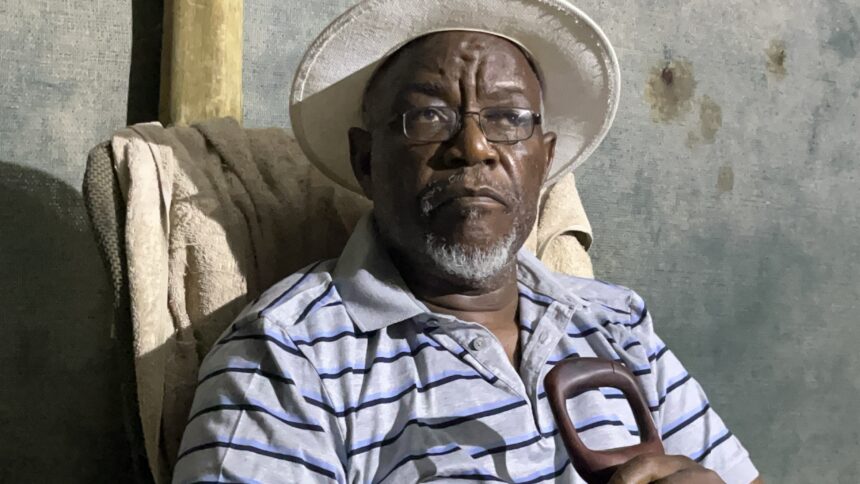SWAKOPMUND – The legitimacy of Zacharias Seibeb’s position as chief of the Dâure Daman Traditional Authority has once again come under scrutiny.
This is following recommendations by Urban and Rural Development Minister James Sankwasa for a complete restart of the succession process.
In a letter addressed to Seibeb, Sankwasa confirmed that the traditional chieftaincy, which should be determined through a community electoral process in line with Dâure Daman customary law, was not properly constituted.
The late Chief Elias Taniseb nominated Seibeb to assist him due to ill health and later named him a possible successor.
However, the required process of community consultation and approval was never followed.
“The current designation of the chief was not conducted in accordance with the proper customary process. It is recommended that the traditional council and elders in the council revisit the matter and implement the designation process in full compliance with Dâure Daman customary law,” Sankwasa stated.
The latest development follows a long-standing leadership dispute dating back to 2017, with members of the Dâure Daman community repeatedly challenging Seibeb’s legitimacy.
Their frustrations peaked in 2021, sparking protests and a petition that garnered over 600 signatures, calling for his removal.
Protesters have continuously camped outside the traditional office in Uis, demanding a new leadership process and accountability from Seibeb.
In addition to the leadership crisis, Sankwasa’s letter addressed allegations of financial mismanagement.
Seibeb is now required to submit financial records from 2021 to date, following an audit report that highlighted discrepancies in the authority’s financial affairs.
The minister stressed that public funds and any monies raised in the name of the traditional authority must be properly managed.
Sankwasa’s recommendations follow after he met with Seibeb and concerned groups earlier this month in Windhoek.
The minister said the chieftaincy discrepancy must be resolved internally and in line with their own traditions before the Annual Council of Traditional Leaders meeting in September.
Residents have accused Seibeb of failing to consult the community on critical matters, such as the impact of mining activities, sidelining elders and nepotism.
This includes allegedly appointing his daughter as secretary.
Sankwasa reiterated that while he does not have the legal authority to remove a traditional leader, his role is to facilitate dialogue and ensure due processes are followed.
“I told them to go back and follow their customs and traditions. That was the resolution,” he said.
Seibeb acknowledged the ministerial meeting.
He said he would resubmit the financial documents as instructed.
“The minister said we must use our customary law as a guiding tool to address the disunity among us,” he added.
A letter in New Era’s possession states that the late chief appointed Seibeb as deputy chief of the Dâure Daman on 15 March 2016.
The then-permanent secretary Nghidinua Daniel acknowledged the appointment.
Most flawless transition
Spokesperson of the chief, Martin Matsuib, yesterday told New Era that they have responded to the minister’s letter.
“Someone is interpreting our customary law incorrectly. We did everything by the book. In fact, we were praised for one of the most flawless transitions in traditional authorities,” he said.
He said the late chief was abused by some within the Dâure Daman community because he could not read, allowing individuals to exploit the system for personal gain.
“Seibeb stopped the practice, and that’s why people started to retaliate,” Matsuib said.
He noted that they had submitted all documents required by the ministry to prove there was no mismanagement of funds.
“There are no irregularities. There is no audit report. The only time the ministry came was when the concerned group raised allegations of such activities. But we have been responsible for managing the finances of the Dâure Daman,” he said.
– edeklerk@nepc.com.na


